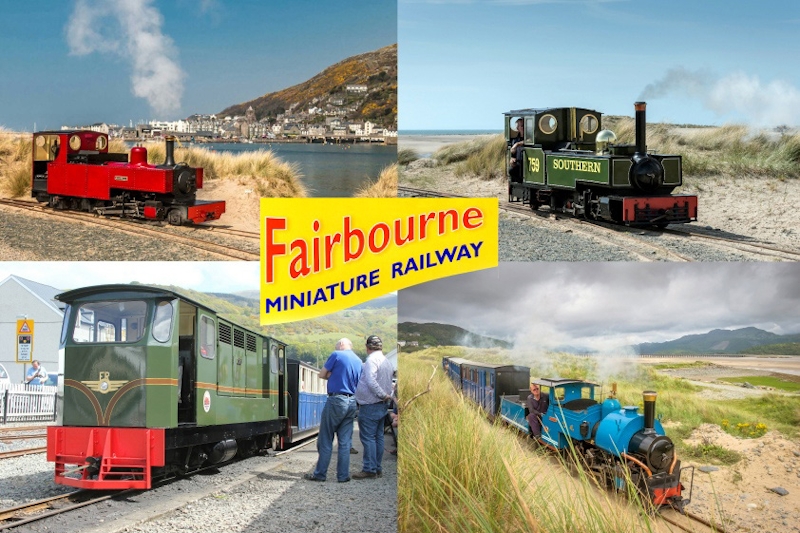An extract from the Unit A brief taught at Oxford Brookes University's Architecture Undergraduate course, 2019-2020.
Agenda
We are not looking for the centres of density but towards edges and extremities of land and culture. The city is historically seen by architects as the crucible of human activity and in recent years has seen more attention than ever before. Meanwhile, the countryside remains an under studied and widely misunderstood territory. Common sentiment would dictate that the countryside is the domain of the provincial, slow and uncultured, however Rem Koolhaas recently said rural areas are ‘changing more radically than our cities’! In the context of drastic and imminent climate change there is no better time to look outside of our urban bubbles towards the front line.
Run To The Hills
This year we will examine radical environmentalism in the post-industrial Welsh landscape. The town of Fairbourne, Snowdonia, is predicted to be the first town in the UK to be evacuated as a direct result of climate change and sea level rise. After 2054 the government will no longer commit to renewing its sea defence infrastructure and the 850 inhabitants will need to move. Fairbourne’s plight brings home the very imminent implications of what can seem abstract and intangible. We will study Fairbourne as a basis for a series of projects to understand the complex social, political and economic implications of climate change and how these can inform architecture.
The debating chamber
Fairbourne’s predicament has attracted international news coverage and, understandably, continues to be a hugely contentious issue for the residents and locals. Semester 1 starts with diving in to this situation and designing an assembly hall to be sited in Fairbourne. The challenge will be to design a 100m2 space to be used for the next 23 years until the town needs to be evacuated. The building should embody the values being debated and leave minimal environmental impact. Students will be asked to develop experimental construction and material processes to achieve this.
Utopia Now
Fairbourne is the UK’s first town to be hit by sea level rise and climate change, however we know it will not be the last. The West coast of Wales alone includes a further 52 towns and villages that are at risk and if forecasts are correct it will be a growing issue across the UK and indeed globally. Whatever you took away from our visit and meeting with Fairbourne residents, one thing is clear: it's complicated. You might know the science but misunderstand the local politics. You might be directly effected by climate change but not believe in it. What seems like an engineering problem might become highly politicised. You might not have the knowledge to deal with this situation but care deeply or you might be highly qualified but powerless.
Coastal communities of Wales will be returning to these issues again and again in the coming years. From this chaos, our aim this semester will be to investigate and design a building to help people gather and disseminate the knowledge needed to better respond and adapt. The challenges are political, economic and social although the problem ultimately relates to our natural environment and our place in the landscape. This clash of global issues with the hyper-local leaves our current forms of public building unprepaired and ill equipped. In order to address this gap we need to re-examine what it means to design public buildings.
By choosing to design spaces that respond to a specific situation, as architects we will also explore fundamental issues of how and why we build. The climate crisis requires and provides a mandate for, new and urgent ideas for how we effectively work together, meet and share information. What does it mean for a building to be public today? What does democracy look like? How should we build now with the future in mind?






